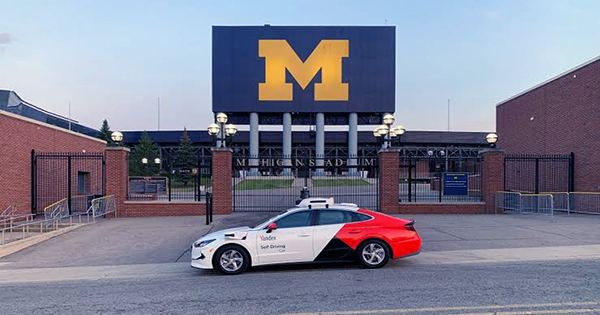Blockchain technology is a decentralized, distributed ledger that preserves a record of digital asset ownership. It is a decentralized and distributed ledger system that underpins cryptocurrencies such as Bitcoin and has numerous potential applications outside of digital currencies. Because blockchain data cannot be changed, it is a legitimate disruptor in industries such as payments, cybersecurity, and healthcare. Learn more about what it is, how it is used, and its history. When they published the Bitcoin whitepaper in 2008, some individuals or groups of individuals using the pseudonym Satoshi Nakamoto invented it.
Blockchain is a secure database shared by a network of users, where all participants have access to the most up-to-date information at the same time. It is a distributed ledger that contains ever-growing lists of records (blocks) that are securely linked together using cryptographic hashes.
Each block includes a cryptographic hash of the preceding block, a timestamp, and transaction data (which is typically represented as a Merkle tree, with data nodes represented by leaves). Because each block carries information about the one before it, they create a chain (compare linked list data structure), with each additional block linking to the ones preceding it. As a result, blockchain transactions are irreversible in the sense that the contents in any one block cannot be changed retroactively without affecting all subsequent blocks.
Here are some key characteristics and concepts related to blockchain technology:
- Decentralization: Unlike traditional centralized systems (e.g., banks or governments), blockchain operates on a decentralized network of computers, often referred to as nodes. These nodes work together to maintain and validate the ledger, removing the need for a central authority.
- Distributed Ledger: The blockchain ledger is distributed across all participating nodes. Each node has a copy of the entire ledger, making it resistant to single points of failure and tampering.
- Consensus Mechanisms: To validate and add new transactions to the blockchain, nodes must reach a consensus. The most common consensus mechanism in blockchain networks is Proof of Work (PoW) used by Bitcoin and Proof of Stake (PoS) used by Ethereum and other cryptocurrencies.
- Transparency: All transactions on a blockchain are visible to all participants, creating transparency and reducing the potential for fraud.
- Security: Blockchain networks are highly secure due to their cryptographic nature. Transactions are secured using digital signatures, and the decentralized nature of the network makes it resistant to attacks.
- Smart Contracts: Ethereum popularized the concept of smart contracts, which are self-executing contracts with the terms of the agreement directly written into code. They automatically execute when predefined conditions are met.
- Cryptocurrencies: Many people associate blockchain with cryptocurrencies like Bitcoin and Ethereum. These digital currencies use blockchain technology to enable secure and transparent peer-to-peer transactions without the need for intermediaries.
Use Cases
Blockchain technology has applications beyond cryptocurrencies. It can be used in supply chain management, voting systems, identity verification, healthcare, real estate, and more. Its ability to provide transparency, security, and trust has led to a wide range of potential uses.
Challenges
Despite its potential, blockchain technology is plagued by obstacles such as scalability, energy consumption (particularly for PoW-based networks), regulatory issues, and interoperability across multiple blockchain networks.
Blockchain technology has the ability to transform many industries by increasing efficiency, eliminating fraud, and enabling new business models. It is, nevertheless, a relatively new technology, and its full potential has yet to be realized. Researchers and developers are still looking for solutions to address its shortcomings and broaden its applicability.
















